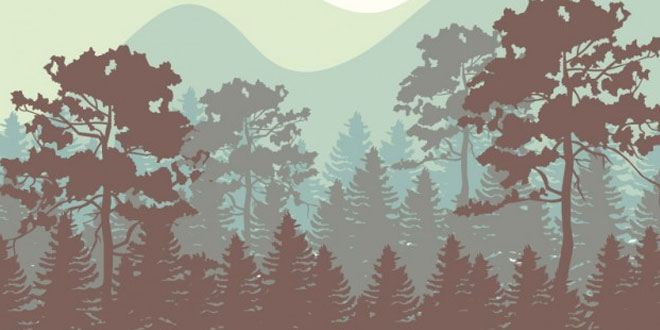Question: Distinguish between tropical and temperate grasslands.
Answer: Tropical Grasslands:
- The tropical grasslands are found between the equatorial forests and the tropical deserts.
- These areas receive moderate rainfall during the summer season. These areas also experience a distinct dry season. Thus, tall grasses grow in such areas.
- A major part of the Savanna is now used for farming and livestock rearing.
Temperate Grasslands:
- The temperate grasslands are found between 30° to 55° latitudes in both the hemispheres.
- These grasslands are found in the transitional zone between the humid coastal areas and the mid-latitude deserts. The height of the grasses depends upon the amount and distribution of rainfall. The temperate grasslands are known as Prairies in North America, Pampas in South America, Steppes in Eurasia, Velds in South Africa and Downs in Australia.
- These grasslands are suitable for cattle rearing and large-scale cultivation of wheat and maize.
Question: Explain the effects of clearance and destruction of natural vegetation.
Answer: The clearance and destruction of natural vegetation, especially forests, have led to
- Barren hill slopes.
- Increased surface runoff.
- Soil erosion on a large scale.
- Less underground seepage of water.
- Decrease in rainfall.
- Destruction of habitat of wild animals.
Question: What is the role of CITES in saving the flora and fauna?
Answer: CITES is an international body, which stands for the Convention of International Trade in Endangered Species of Wild Fauna and Flora. They prohibit the trade of products made from endangered wildlife.
Question: Define – natural vegetation, wildlife, ecosystem, taiga and deforestation.
Answer:
- Natural Vegetation: The physical environment favors the growth of a large variety of plants. The plants which growth naturally are known as natural vegetation. All types of plants whether natural or modified are included in natural vegetation.
- Wildlife: Wildlife refers to all plants, animals, birds and organisms which live in their natural habitat. The existence of wildlife is essential to maintain a balance in our environment. It is a significant part of our ecosystem different kinds of animals are found in the world. Over a million species are already known and catalogued. Many new animals, especially small ones, are discovered every year. Each part of the earth has its own mix of animals. The forests, grasslands and deserts provide natural habitat for animals. The habit provides shelter, space for normal growth and movement, food and water, place for breeding and raising young ones. The greatest variety of wildlife is found in the equatorial forests.
- Ecosystem: All organisms, whether they belong to the plant or animal kingdom, interact with each other. They are also interdependent on each other for their survival. The interaction between the organisms and their physical environment in a particular areas in referred to as an ecosystem.
- Taiga: coniferous forests are also called “Taiga Forest”. This forest belt extends from 50°N and 70°N latitudes. Trees found here are conical shaped with needle shaped leaves.
- Deforestation: The removal of forest cover is called deforestation. Human beings have destroyed much of the natural vegetation. Burning, clearing and felling trees for fuel. or to make way for agriculture, industry and settlements are the main causes for its destruction. Apart from destruction by man, other factors namely fire, insects, diseases and storms are also responsible for the destruction of natural vegetation.
 Class Notes NCERT Solutions for CBSE Students
Class Notes NCERT Solutions for CBSE Students


